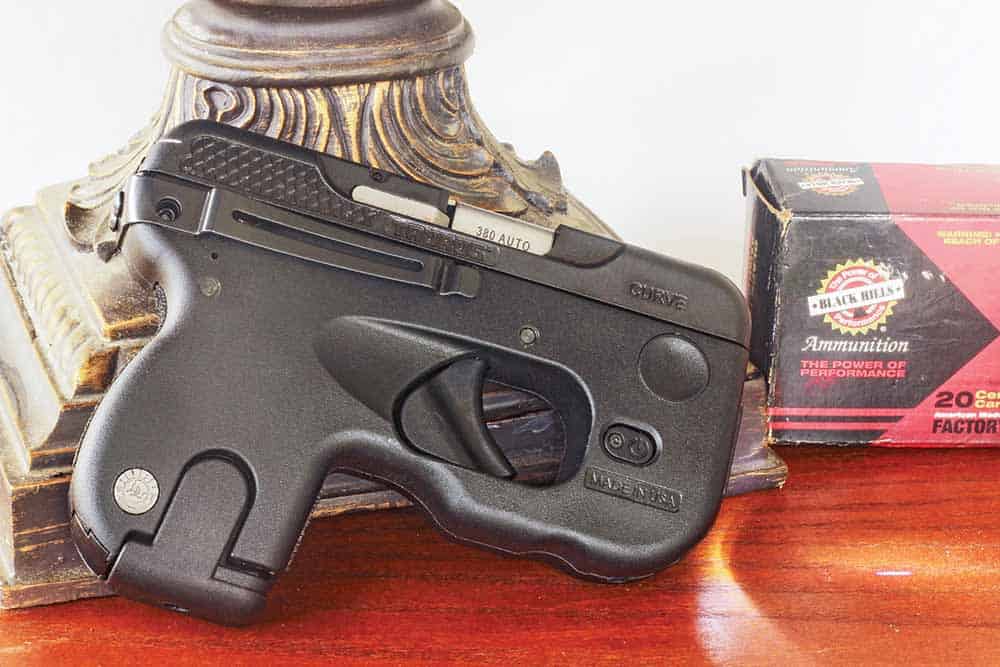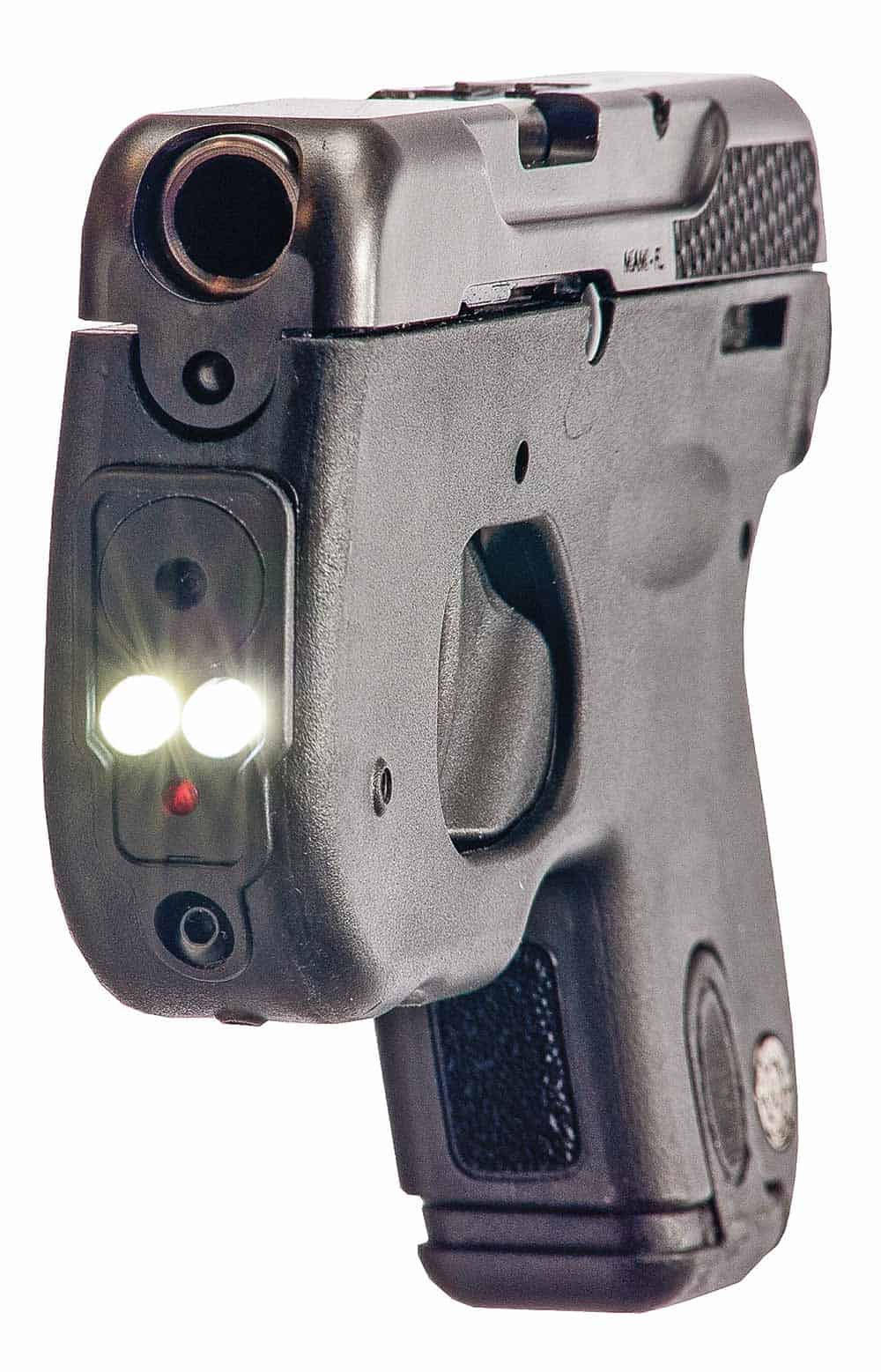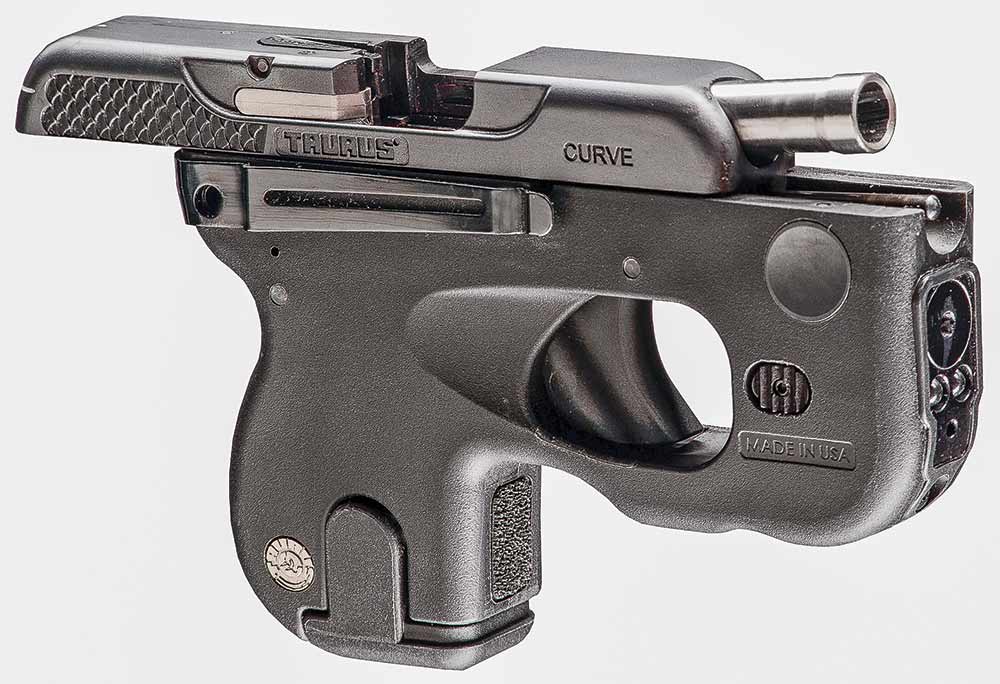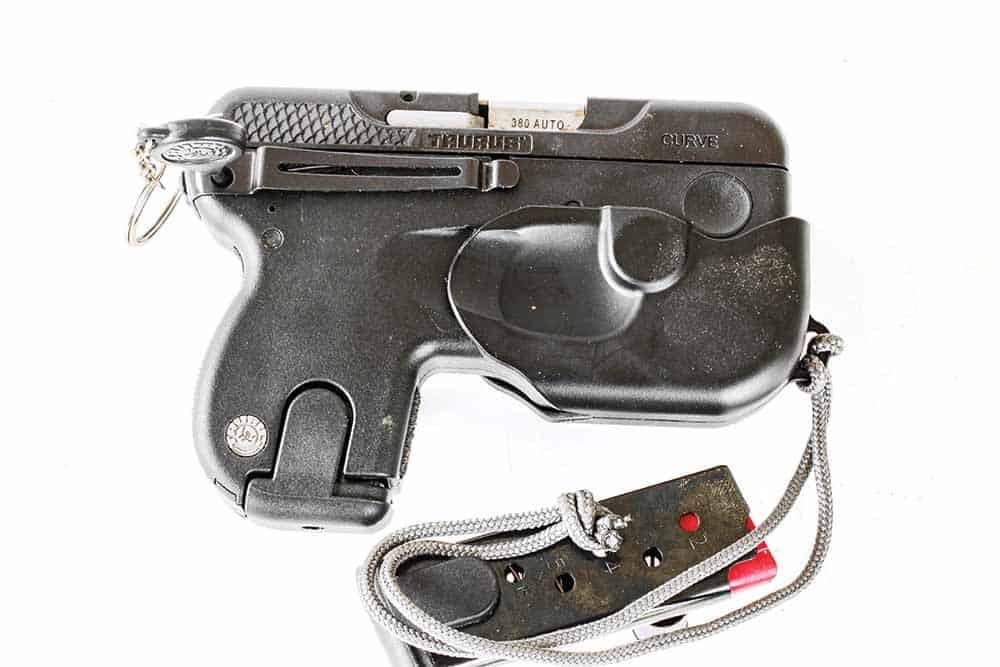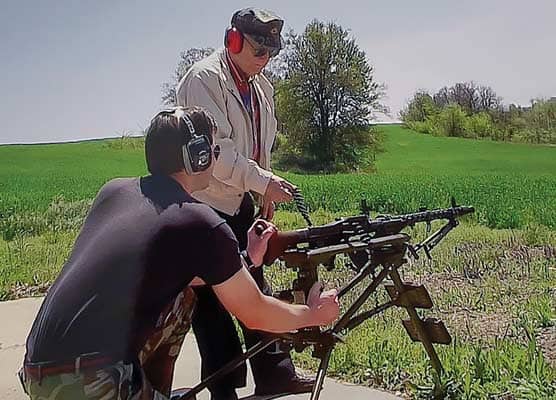Taurus Curve
The radical “micro .380” gets a Viridian light/laser upgrade
Back in 2014 the Taurus Curve was introduced. At the time it was at the forefront of what could easily be described as a “New Wave” of .380 ACP pocket autos. But the Curve represented something different design-wise.
Melted and contoured, the basic Curve was intended to provide a mid-bore pocket pistol of the same overall size and weight as other micro .380s, but with an “un-gunlike” profile less likely to “print” in the various carry modes employed by right-handed shooters.
While usable by left-handed shooters, the bias of the Curve and the placement of the pants clip favor 90 percent of the population who happen to be right-handed. In the original trim the Curve had a basic laser sight with two modes — on and off — activated by an easily accessed button on the side of the frame just north of the triggerguard.
It was and is a “niche gun,” boldly announcing its special and limited purpose by not really having any sights. Instead, there’s a cruciform marking on the back of the slide to help the shooter figure out which way the bore is pointed as well as a couple of little “ears” which pop up with the loaded chamber indicator and refine things a bit at “extended” ranges should you opt to use this “bore-axis” sighting system.
Viridian Factors In
Viridian Factors In
Taurus literature and early reviews stressed the pistol is at its best at 7 to 10 yards, although with practice it can be used out to 25 yards — sort of. At any rate, the Curve quickly carved out a niche in the marketplace and in 2017, Taurus and Viridian struck a partnership upgrading the laser and light designators with multi-mode features, enhanced battery life and a strobe option.
An updated trigger shield tethered to the belt provides a magnet actuated “instant-on” capacity to shut down the selected laser-light mode when in place — sparing the battery — then activates it when the pistol is drawn. Button activation remains an option.
Designed for use with the belt-level clip, the system is adaptable to pocket carry by adding an additional length of para cord. The Curve with or without trigger shield tends to keep its position in the right side or right rear pocket.
Shooting and Hitting
The trigger lets off at about 6.5 lbs. after significant travel and resets itself in a positive, manner. At full stroke, my trigger finger rubbed against the triggerguard (eventually causing irritation) but recoil was quite manageable and the pistol came back on target for quick follow-up shots. It delivered seamless rapid-fire strings which were easy to track in the late evening with the laser activated. On-target results with the laser designator — or just using the bore-axis system in full daylight — were about the same in speed and accuracy at 3 and 7 yards. Shots at both ranges were easy to center in the X and 10-ring of the B-27 silhouette target.
In subdued light the laser comfortably extends the practical range to 15 yards — the maximum distance of the Texas Handgun Proficiency exercise. The laser is not usefully visible in full daylight, but with practice I was able to group shots out to 15 yards comfortably inside of the maximum scoring portion of the target using the bore-axis system.
Realistically, you’re likely to need frequent practice to produce consistent “iron sight” hits at much over 10 yards — although the ergonomics of the grip and overall geometry of the pistol lend themselves to a repeatable and consistent presentation.
As far as the .380 ACP loads I tried, my assortment of 90-gr. JHPs from Black Hills, Hornady and Fiocchi proved completely functional and reliable with empties clearing the ejection port with vigor. From the 2.7″ barrel these loads range in velocity from mid-800s to lower 900s “fps-wise.” In contrast, my 100-gr. FMJ loads piddled along at about 750 fps, ejecting weakly and failing to eject with some frequency. This is not necessarily a bad thing as it portends a long spring life with serious loads.
Nuts, Bolts, Function
The Curve has double recoil springs on a steel guide rod coupled with a cam-action locked breech. The hammer is partially set by action of the slide and lacks double strike capability. The mechanism is drop-safe by virtue of firing pin spring weight and the light (13 oz.) weight of the pistol. The only safety device is the disconnect to prevent firing with the magazine removed from the pistol. The is a key-activated lock designed for safe storage of the Curve.
Dimensions, Dimensions
Since its initial unveiling, size and concealability (along with its look) have been the main draws of the polymer-framed Taurus Viridian Curve. So let’s run them down: Overall length is 5.2″, height is 3.7″, width is 1.2″. The unloaded weight is 13 oz. Capacity is 6 rounds. The MSRP is $419.
The Curve arrived in a square plastic box with two extra magazines, a spare battery for the Viridian unit, small allen wrenches for laser sight adjustment, the trigger shield, a key for the optional internal lock, an owner’s manual and Viridian spec sheet.
